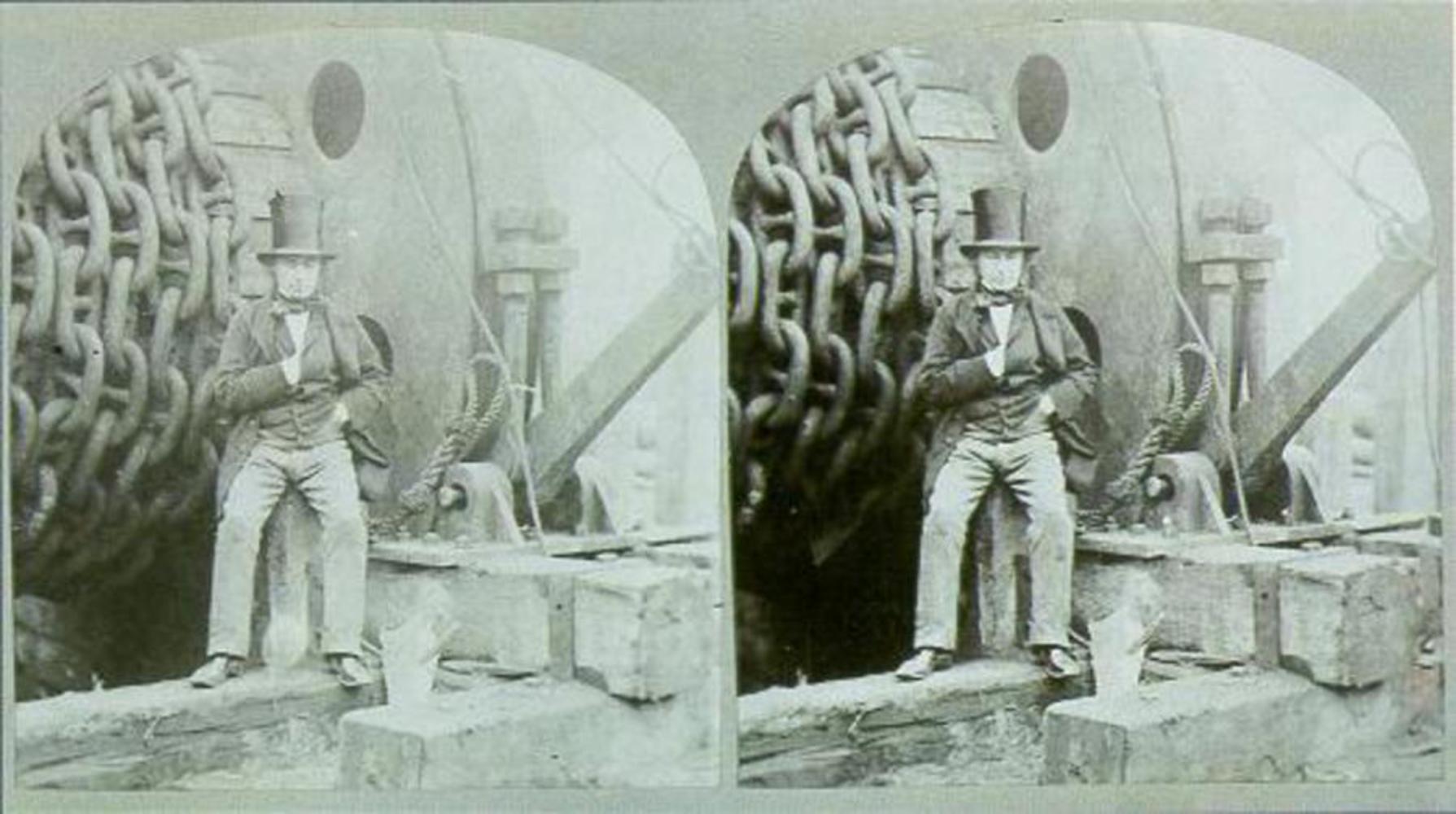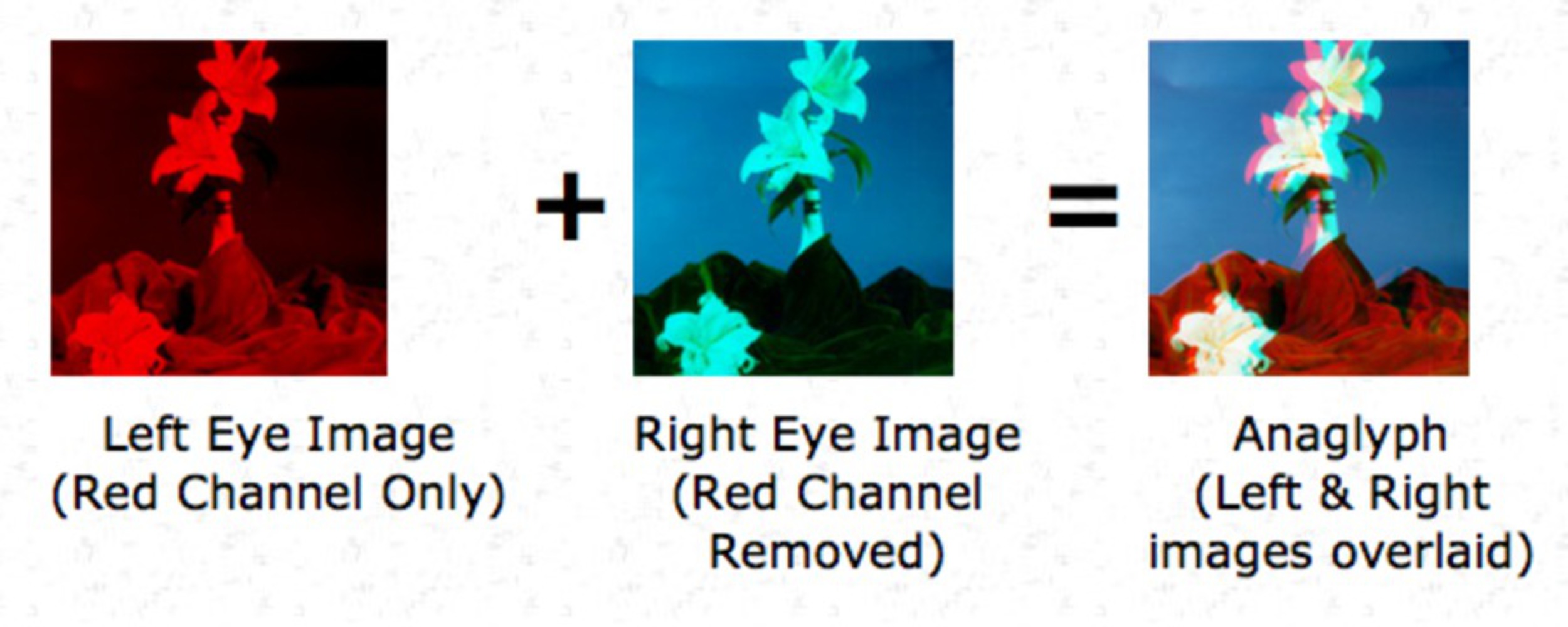Perceptual Illusion
For this project I’ll be discussing stereo images. Stereo images are a type of illusion used to create the feeling of depth so that the viewer sees a 3-dimensional image in a 2-dimensional medium. Stereo images are made up of two images much like our regular vision is made up of two frames (one from each eye). The images differ slightly in angle and this gives viewers the illusion of depth. In other words, stereo images take advantage of the way our eyes perceive depth in the real world.
There are a few different forms of stereo images that create the 3D illusion. The first is when two images are placed next to each other and viewed through lenses. This version has been popular for over a hundred years and is the way virtual reality headsets work today. The second way involves flickering between the two images instead of placing them next to each other, like in these two examples:
http://brainden.com/images/plunge-stereo-image.gif
http://brainden.com/images/stone-gate-stereo.gif
Another form is where both images are placed in one view, requiring special glasses to get the 3D effect.

